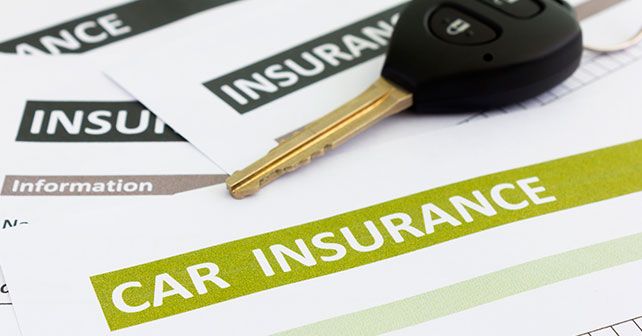
Buying an insurance policy for a motor vehicle in India can be a mammoth task if one does not know the insurance do’s and don’ts well enough. Some might even find it more tedious than buying the actual vehicle! However, on the upside, if you are well aware of the kinds of policies available in the market and the availability of the optional add-on covers, you can make the most of this opportunity and choose the best possible insurance policy suiting your needs by paying a reasonable premium for it.
In a bid to spread more awareness about the dark-art of choosing the correct insurance policy for a motor vehicle, here are a few points that will help you navigate through the entire process with greater ease.
Always opt for a comprehensive insurance policy
What many motorists fail to gauge is the essential difference between a comprehensive insurance policy and a third-party insurance. While a third-party insurance is the bare minimum legal requirement for a vehicle in India, many opt for it simply due to its lower premium as compared to that of a corresponding comprehensive policy. However, one must always keep in mind that the very name ‘third-party’ indicates that in case of an accident, your insurance policy will cover the damages incurred by the third-party or the property damaged by your vehicle. You will not be liable to receive any damage cover for your own car or personal injuries. Hence, it is always advisable to go for a comprehensive package which covers your own damage as well, including vehicle theft. Seeing that the most common instances recorded in India are of theft and accidents, a comprehensive policy should be the uncontested winner. Visit the Coverfox website to find the best motor vehicle comprehensive insurance policies from leading insurance providers in India.
Choose a zero-depreciation insurance policy for your vehicle, especially if it is less than four-years-old
A feature that started off as an optional add-on cover in a standard motor insurance policy, a zero-depreciation insurance policy for motor vehicles has been a bit of a phenomenon in the automotive industry over the past few years. This is evident from the fact that nearly all insurance providers are now offering these zero-depreciation policies as a standard issue for more or less any vehicle in the market today. Thanks to this, gone are the days when one had to pay straight-forward 50% for the plastic parts changed and depreciation costs for all the damaged metal parts based on the age of the vehicle as a zero-dep policy involves none of these charges. However, as per current norms, a vehicle is only eligible for a zero-dep insurance cover till the time its age is less than four years. So, buying a zero-dep policy at the time of purchasing your new vehicle will ensure a hassle-free ownership experience. For more information on zero-dep insurance policies, visit this link.
Ensure that your insurance provider has cashless transaction facilities to avoid paying upfront cash for repairs
One major misconstrued notion about a zero-dep insurance policy is that cashless transaction facilities are a part of the policy, irrespective of the insurance provider. This is not true. Cashless transaction facilities are in no way bundled with a zero-dep policy or with any kind of policy for that matter. Availing cashless transaction facilities for your insurance claim solely depends on the kind of tie-up the workshop/garage has with the insurance companies. Due to this reason, most insurance departments and executives have a list of insurance providers with whom they have a tie-up for cashless transactions. It is always advisable to ask your preferred workshop for the names of the insurance providers who have a tie-up with them for cashless transaction facilities and then proceed with choosing the insurance policy. A cashless transaction eliminates the upfront payment by the customer and the corresponding reimbursement sent by the insurance company in exchange for a nominal claim processing fee paid by the insurance holder.
Choose your Insured Declared Value (IDV) as per the age/market value of the vehicle
Comparing two or multiple insurance policies can be a tricky affair as most insurance companies deliberately display a low premium for a policy by significantly reducing the IDV of the vehicle. Unaware of this, most insurance buyers tend to favour the policy with the lowest premium and consequently put their damage protection value at risk. One must keep two things in mind: Firstly, premiums for two insurance policies should only be compared if their IDVs are the same. Simply choosing a policy with the lowest premium displayed does not indicate that it is better than the other, as their IDVs might differ a lot and secondly, the IDV of the vehicle in the insurance policy is the maximum amount of money that the insurance company is liable to pay you in case of theft or if the vehicle is written-off completely. So, it is always a good practice to choose the IDV of the vehicle in accordance with its depreciation/market value to pay a reasonable premium for it. Calculate the IDV and insurance premium of your vehicle at Coverfox’s premium calculator page.
Now armed with this knowledge, make sure you renew your insurance policy on time and don’t forget to find yourself a great deal on insurance policies today at www.coverfox.com.






















Write your Comment